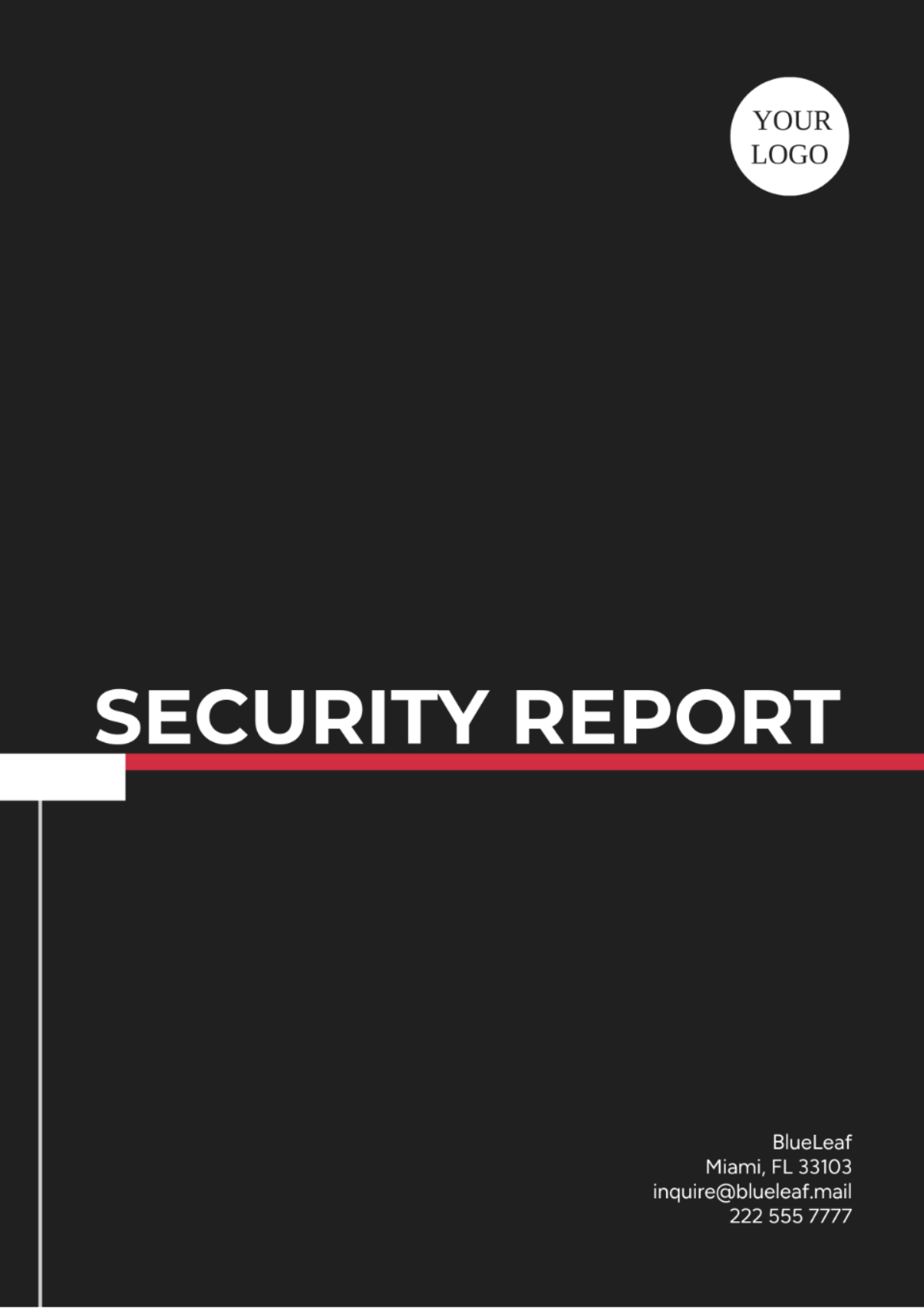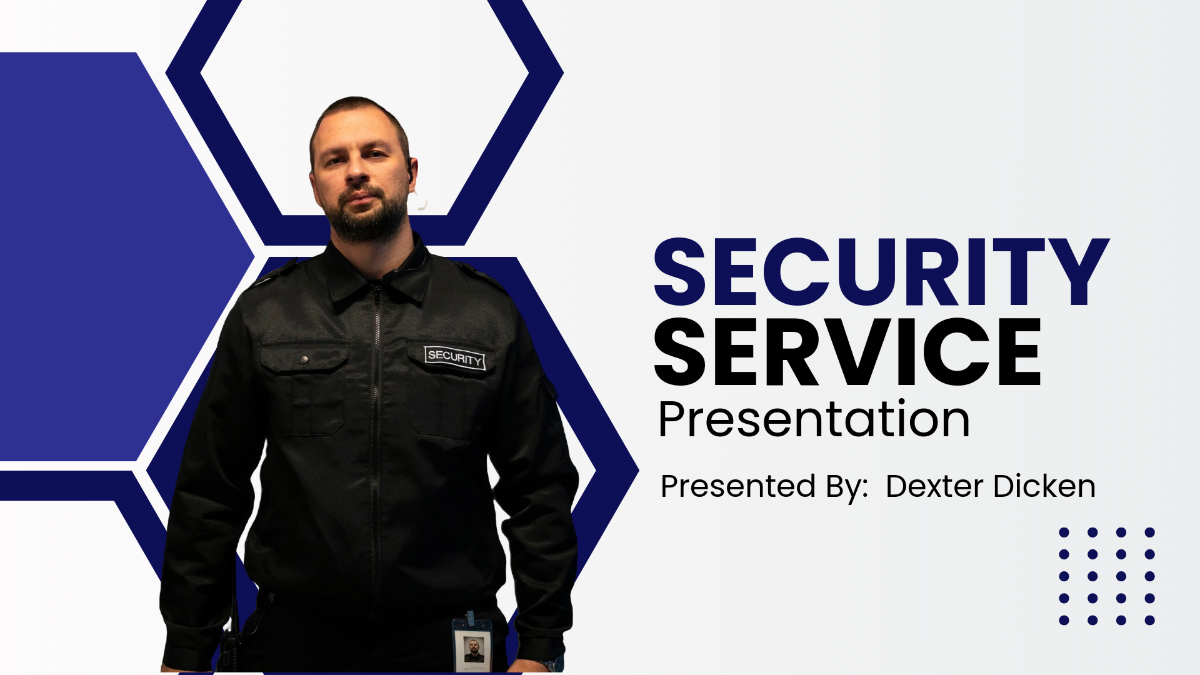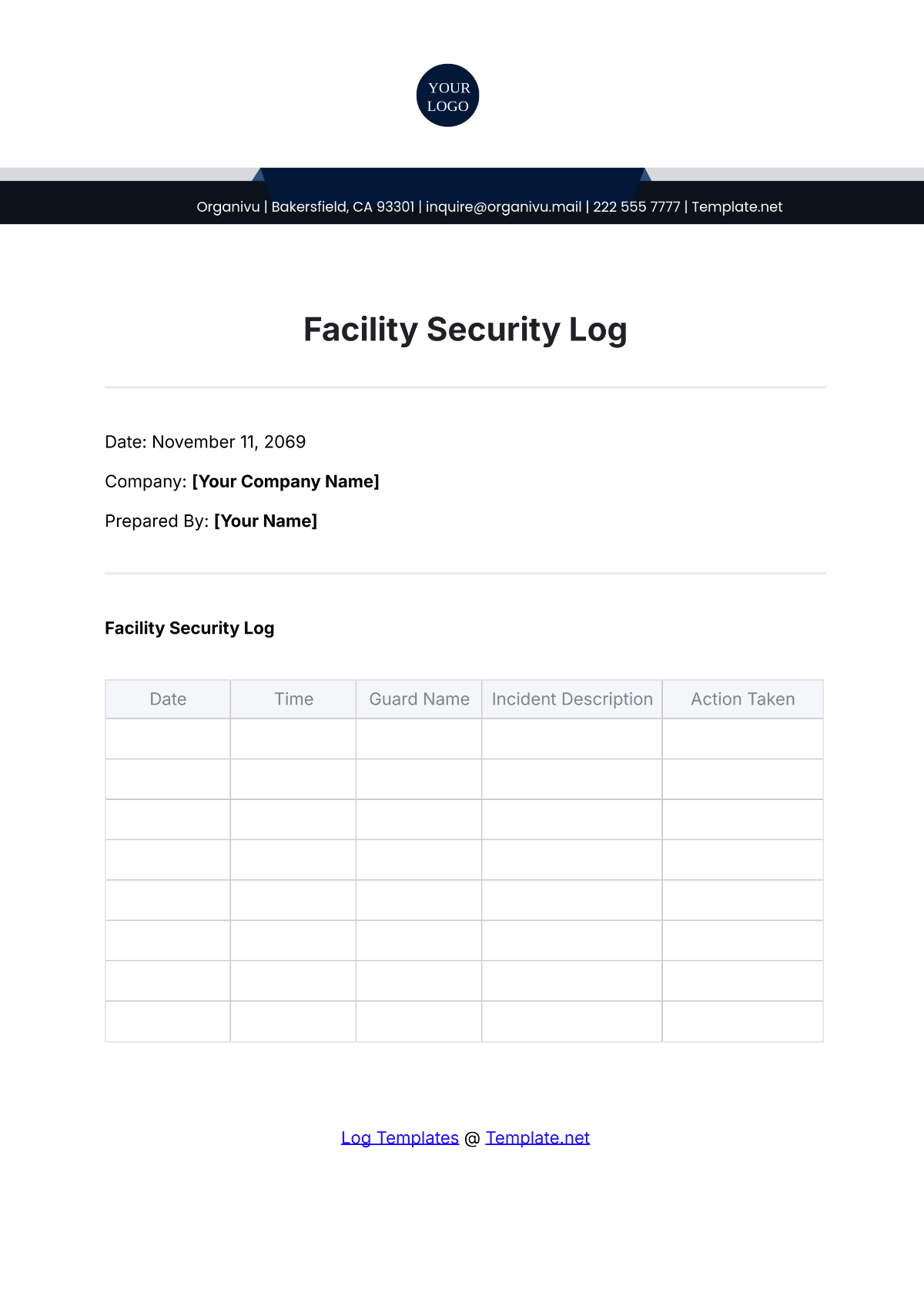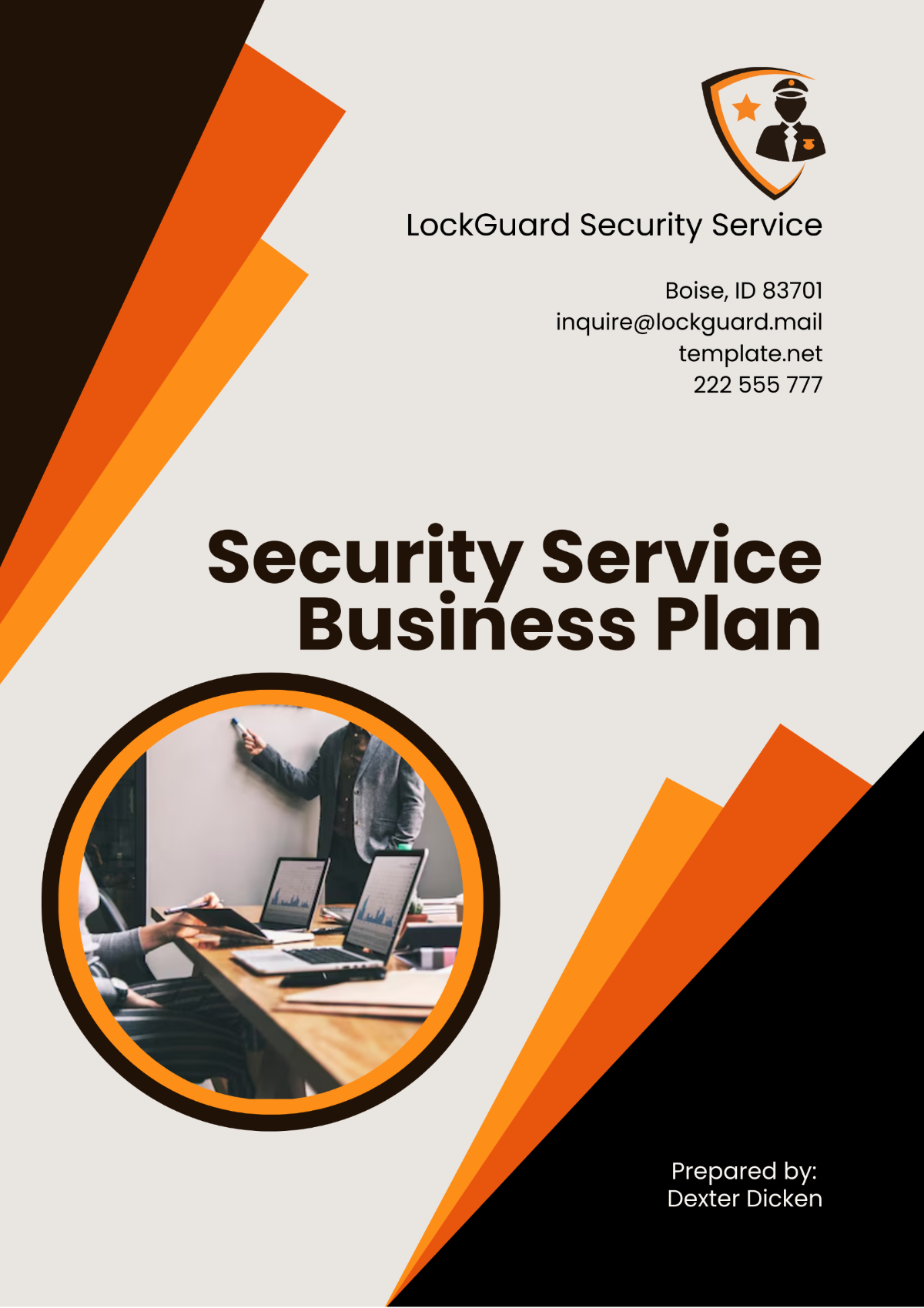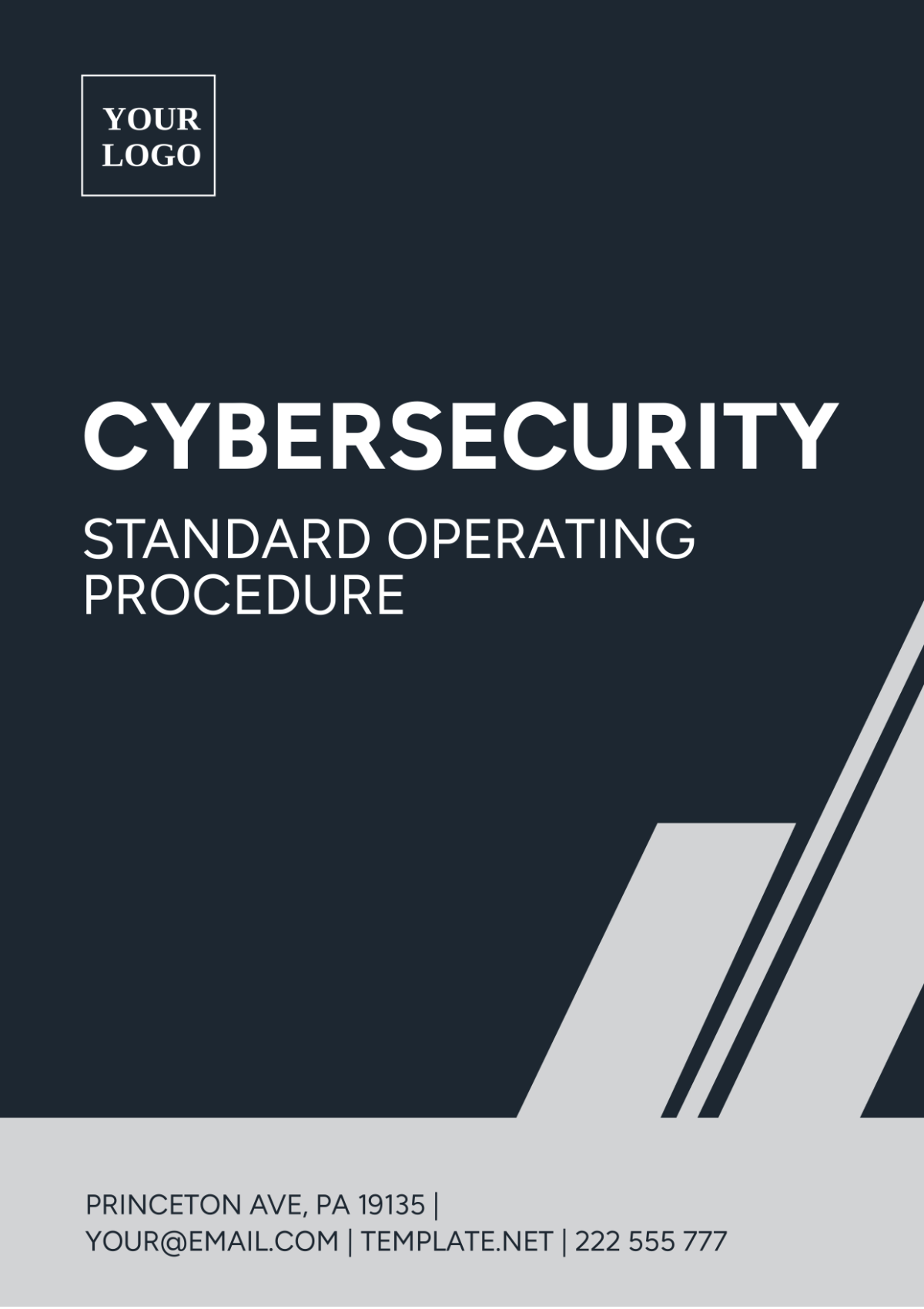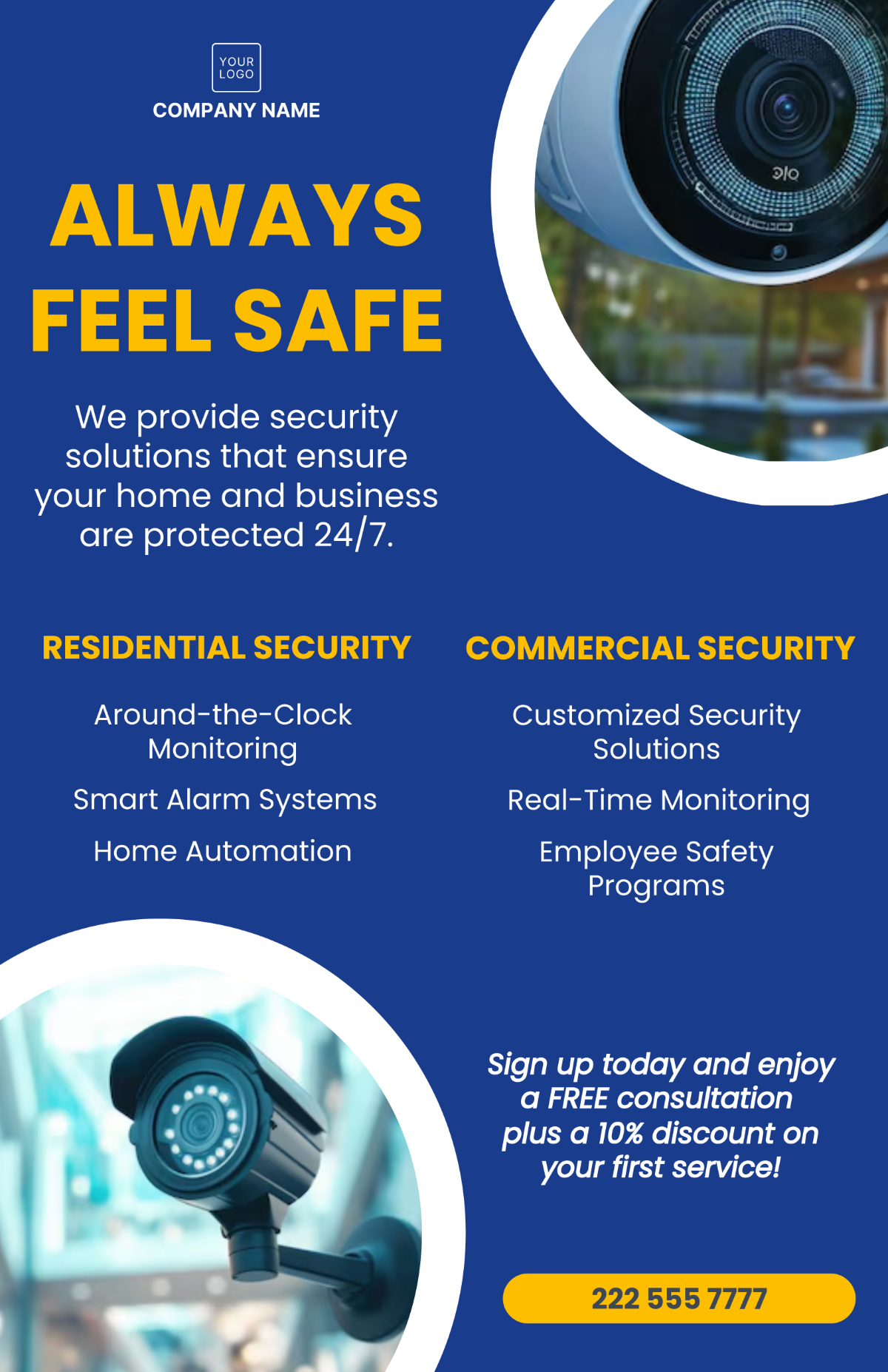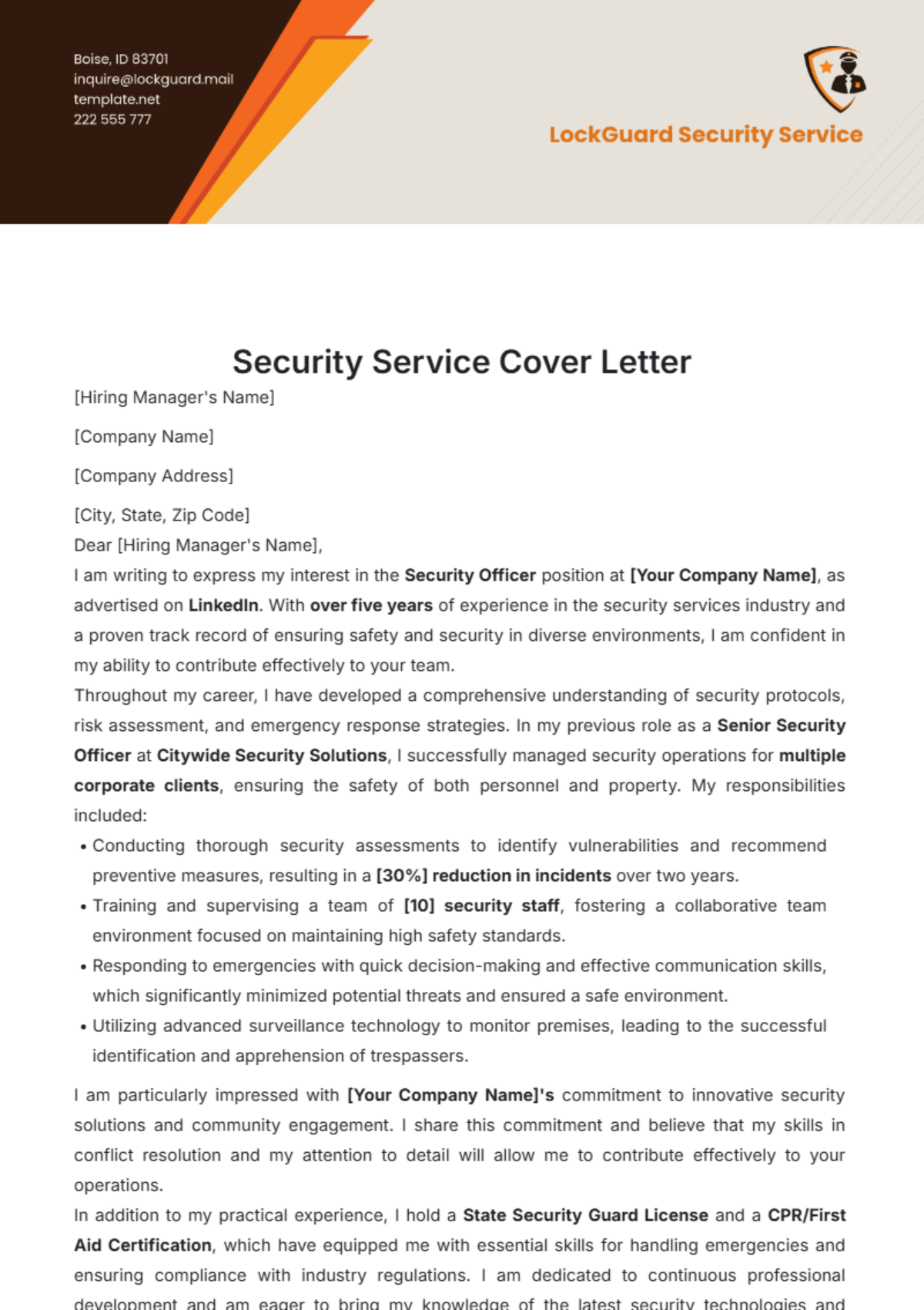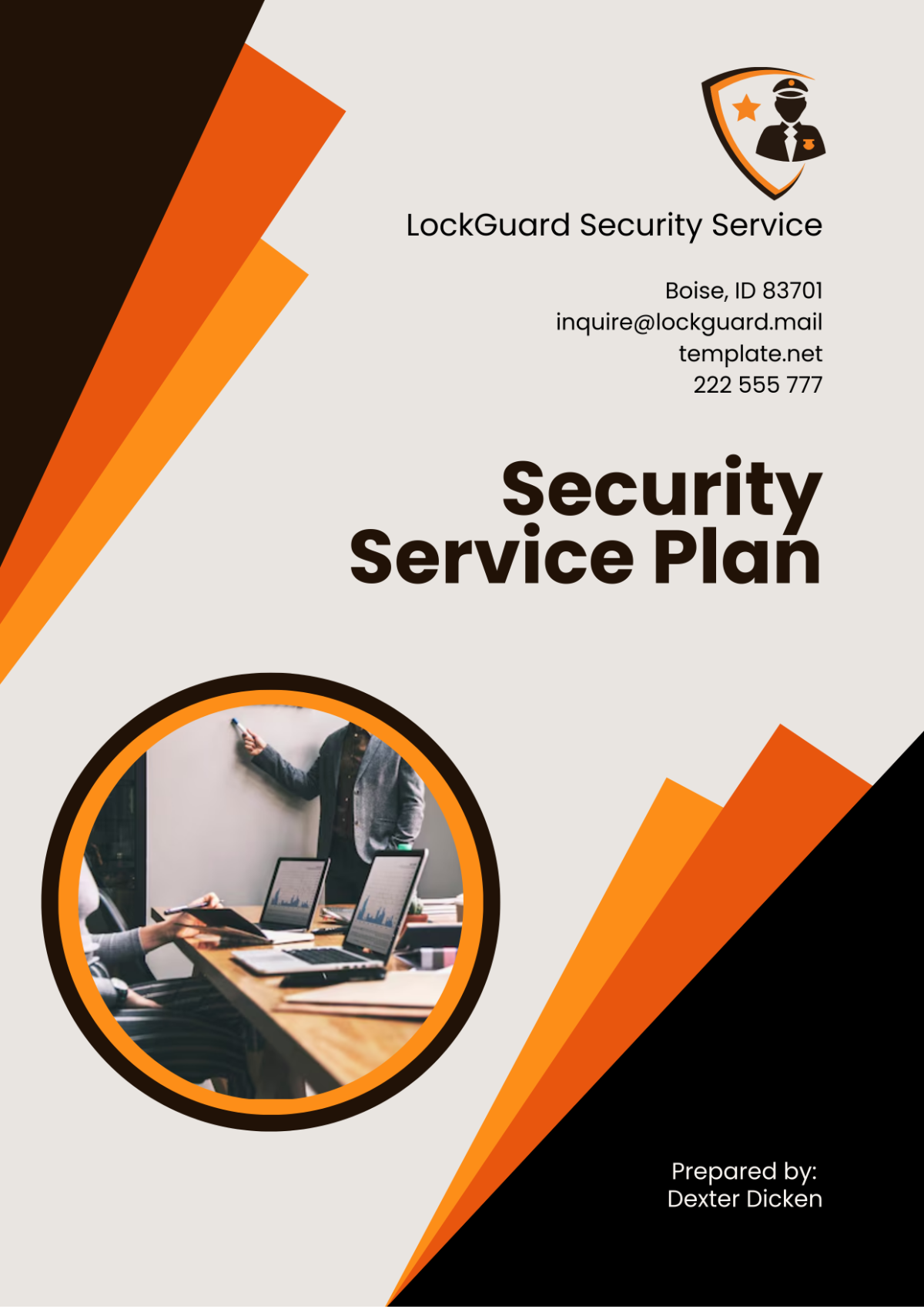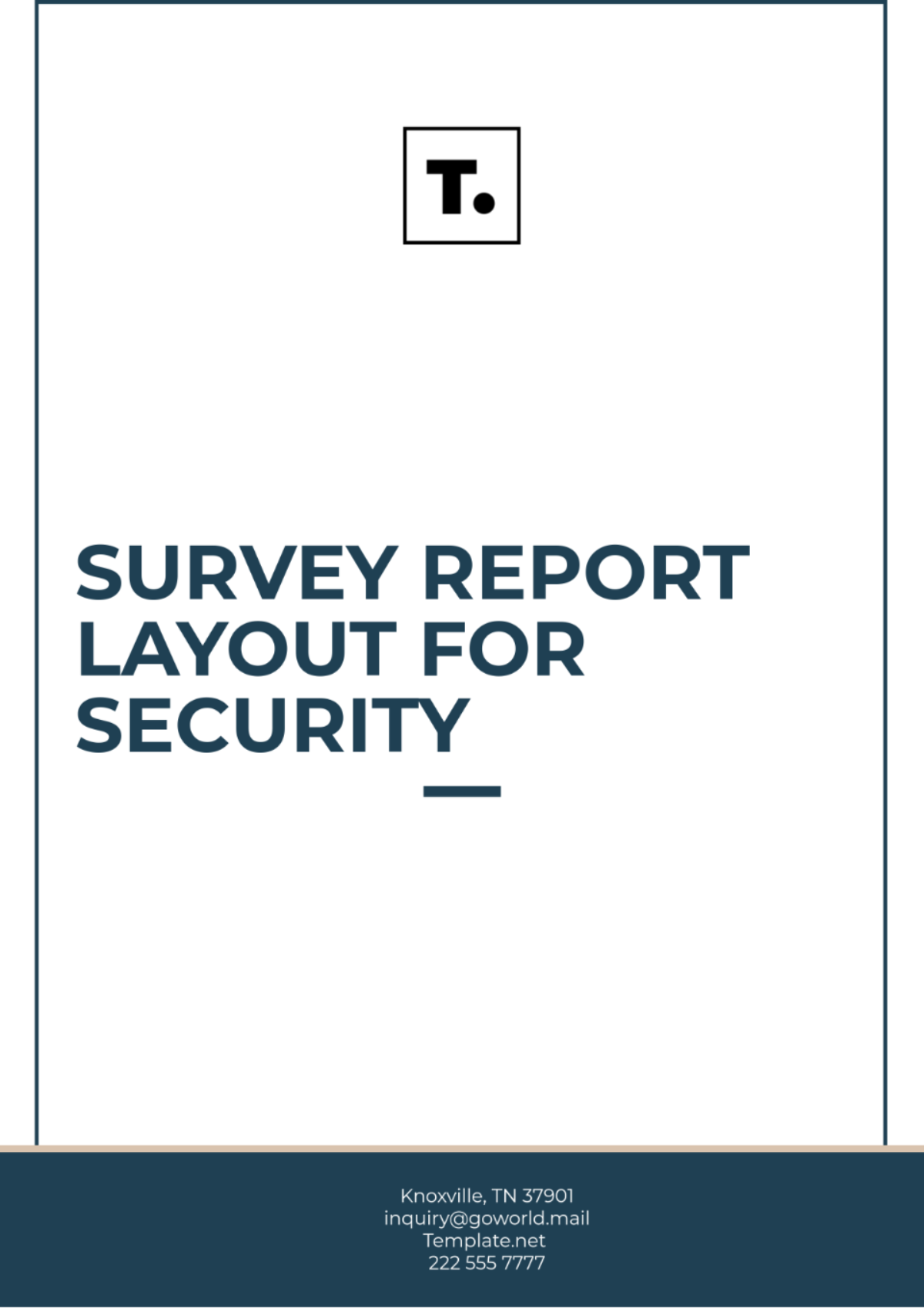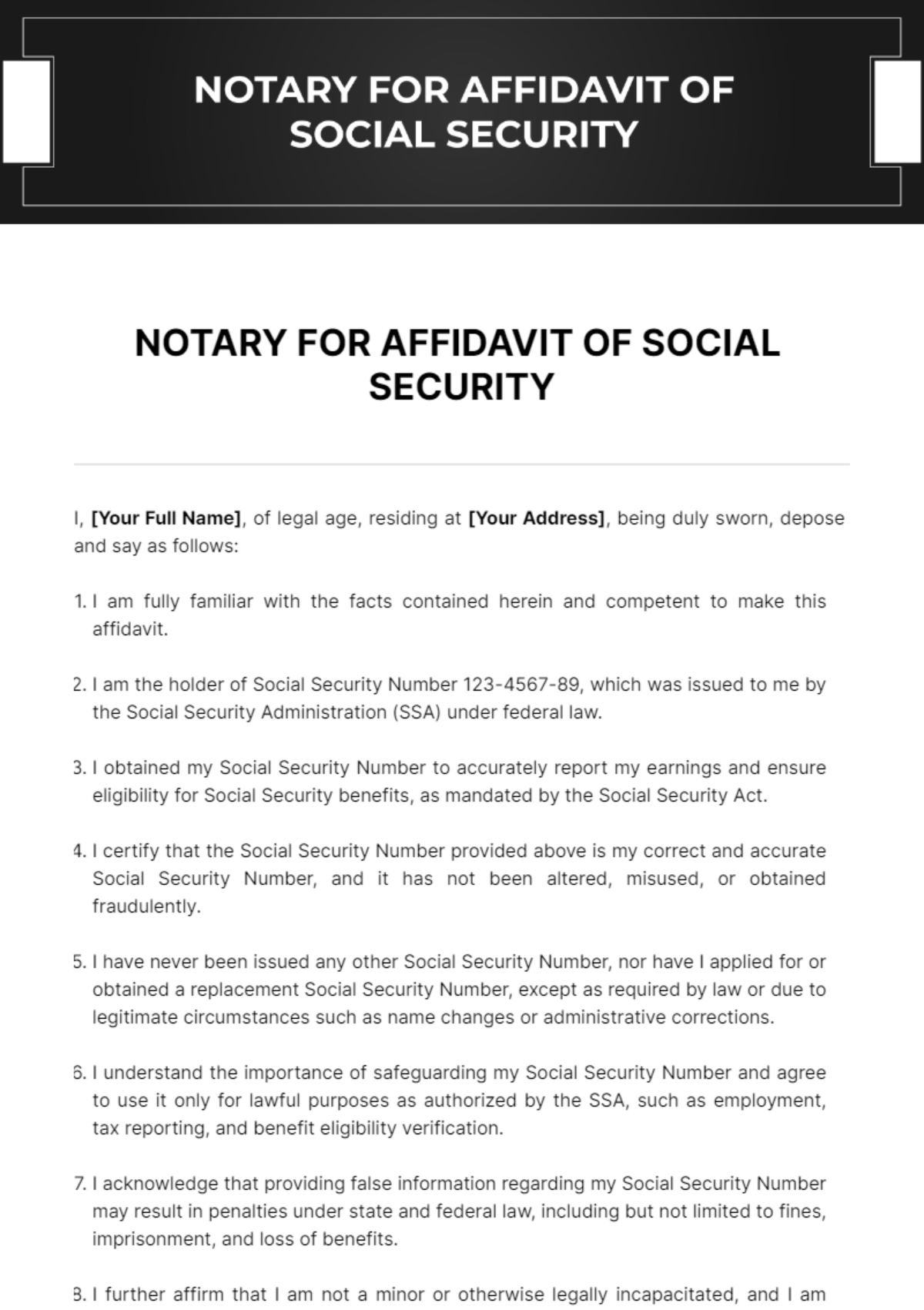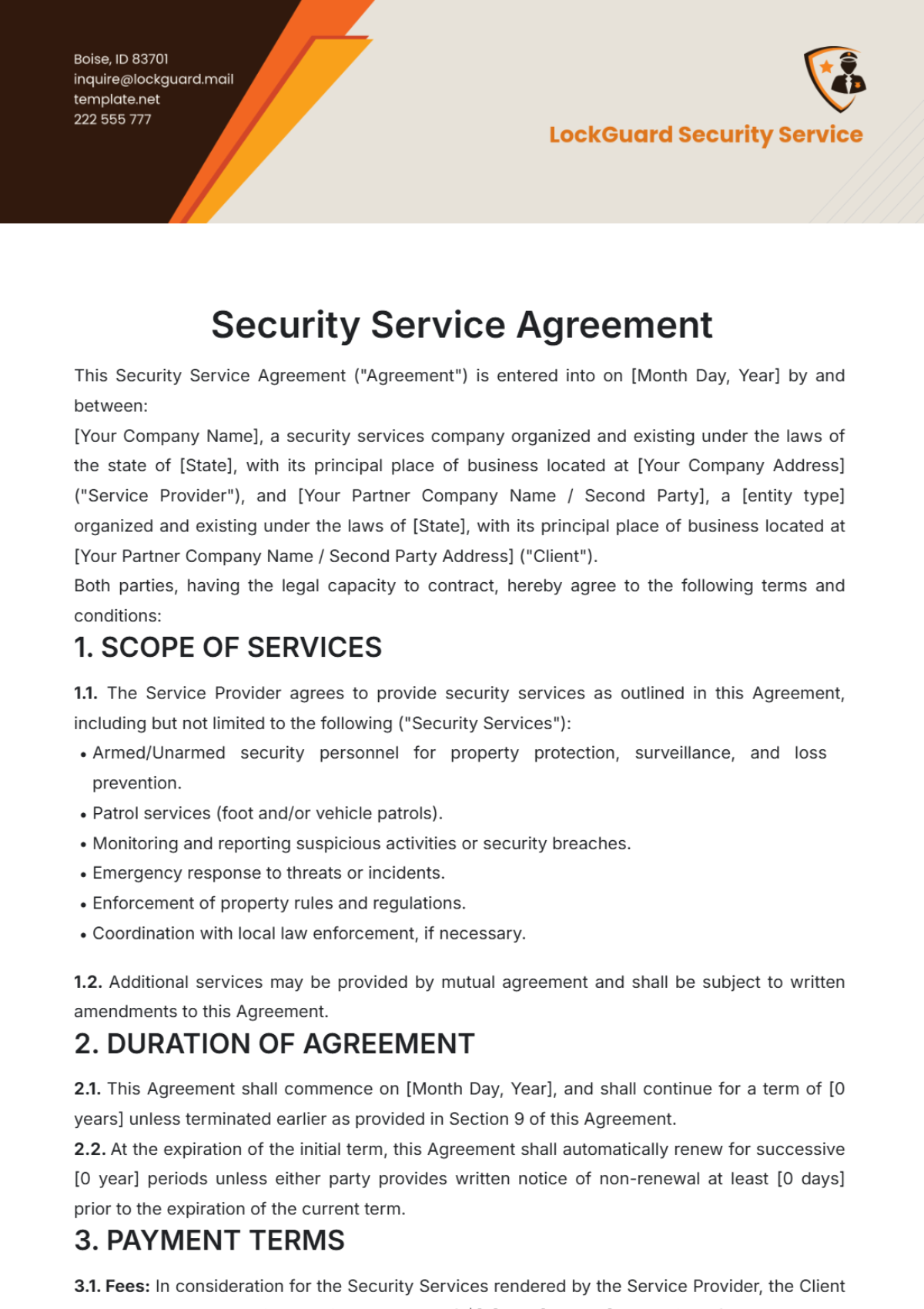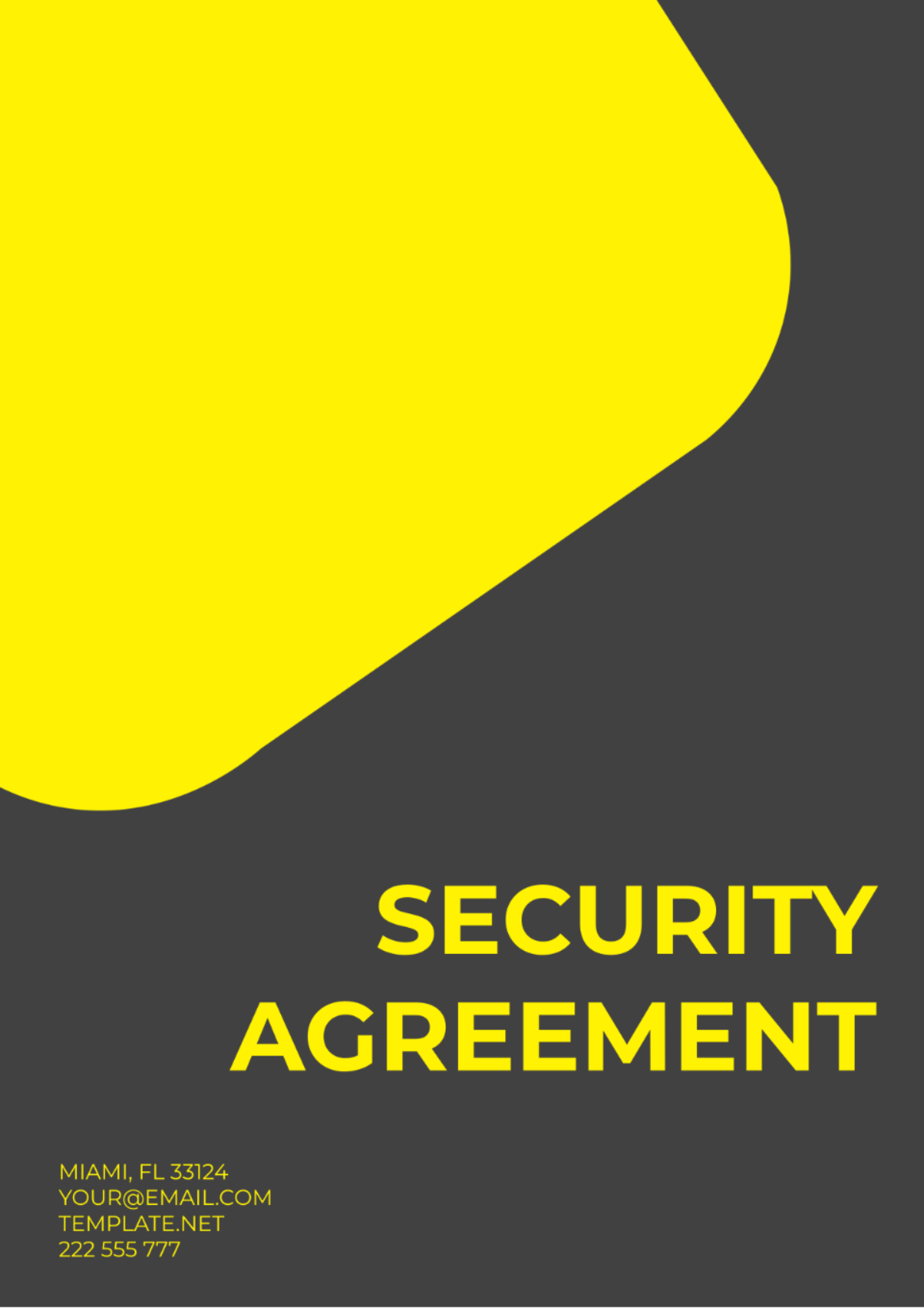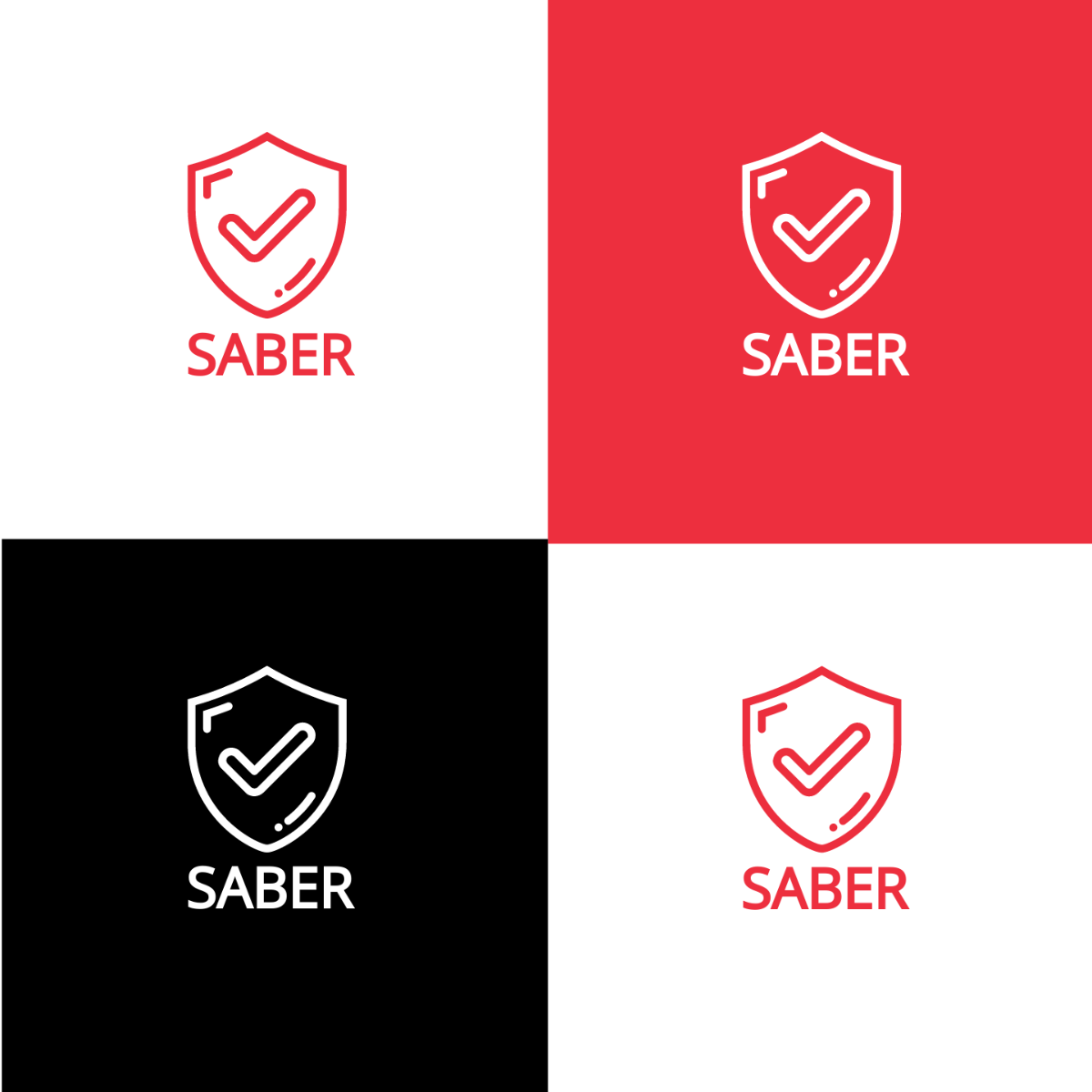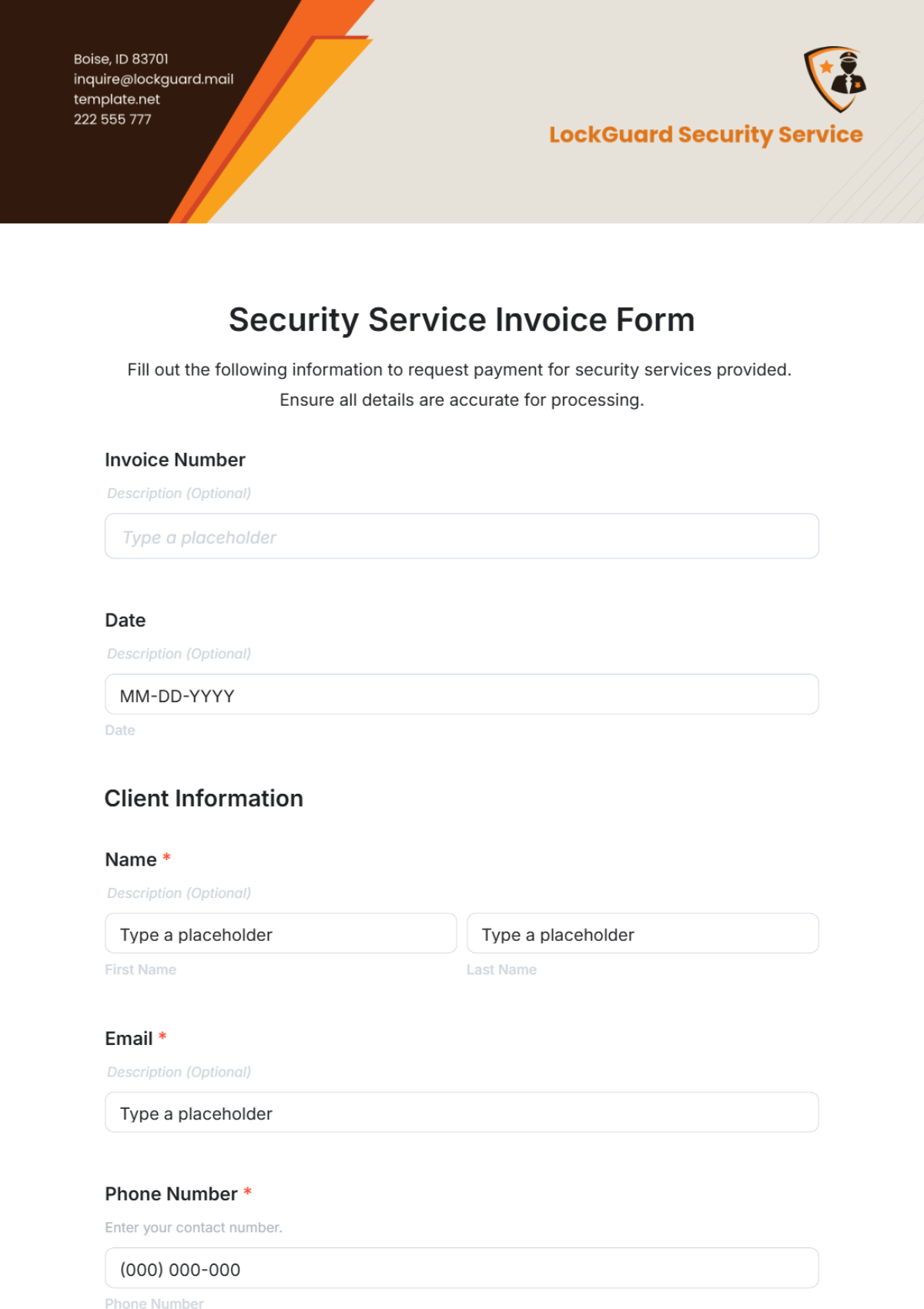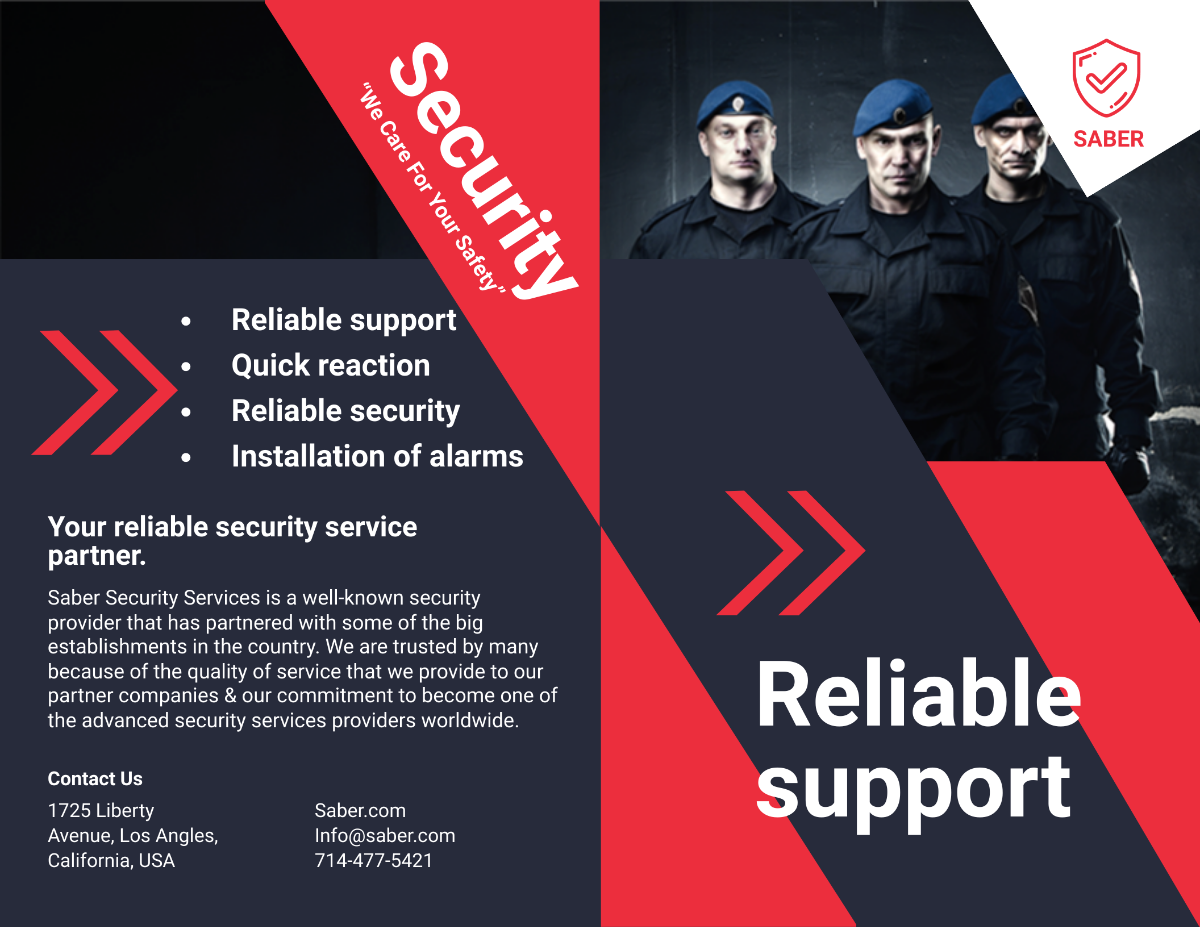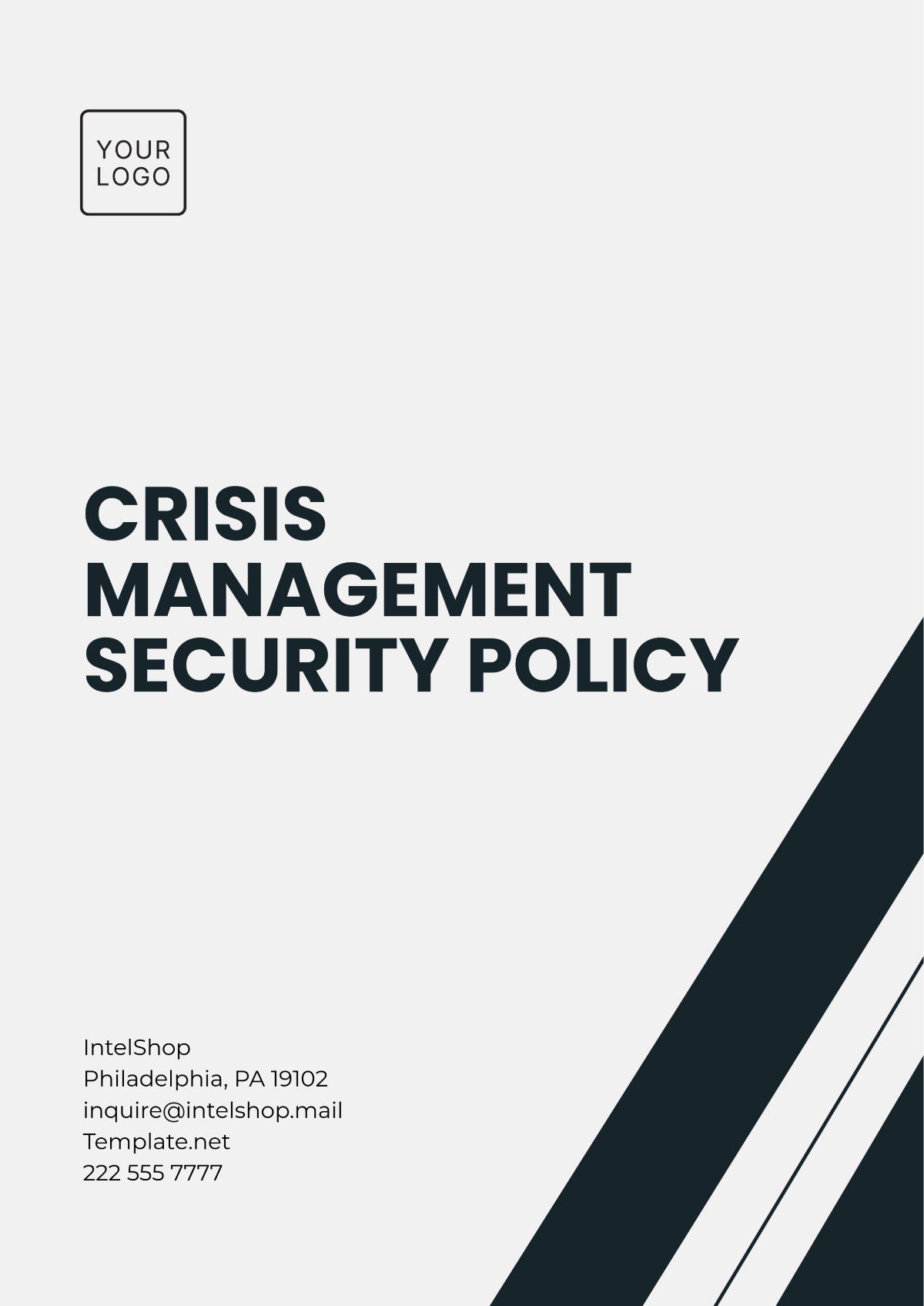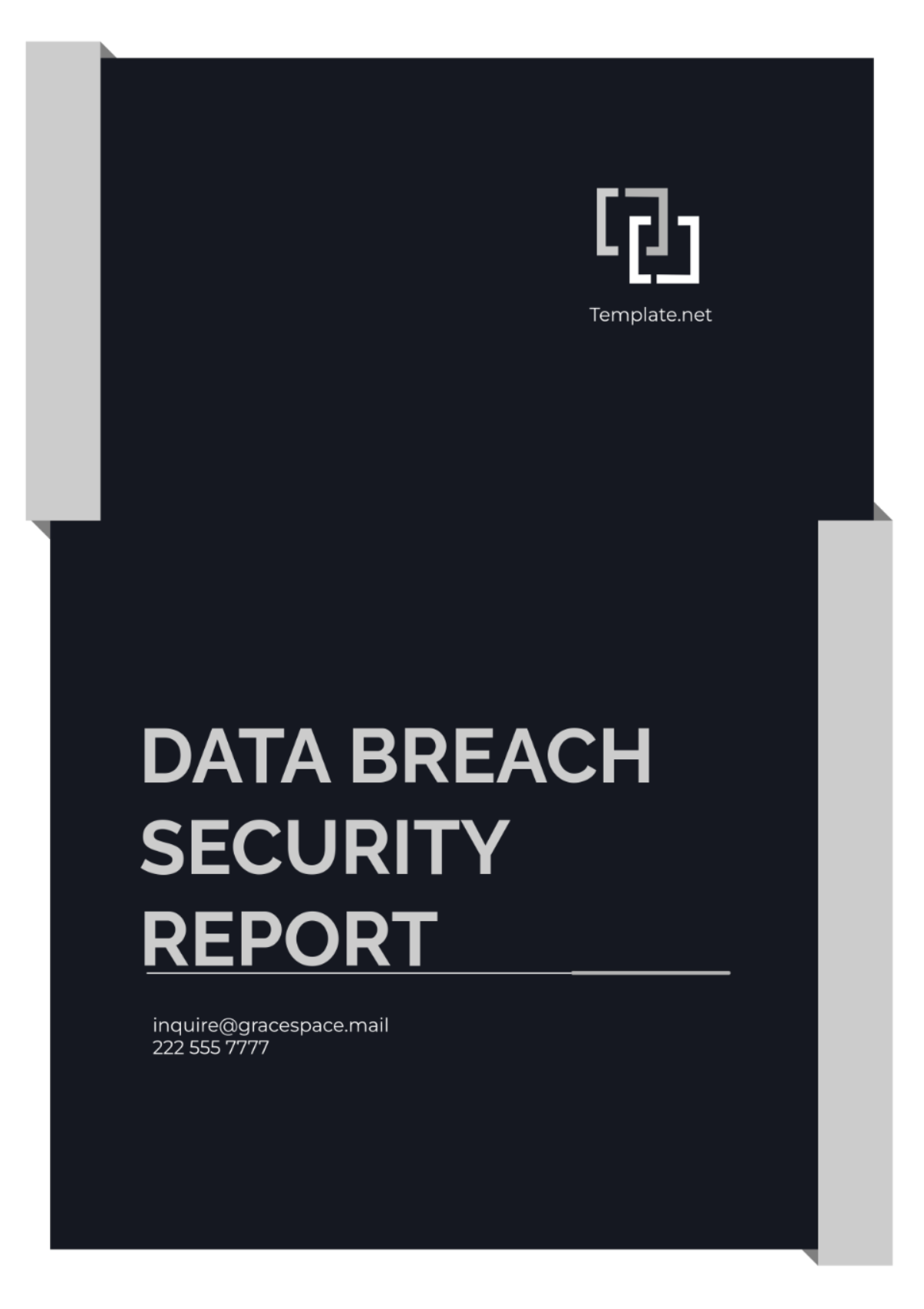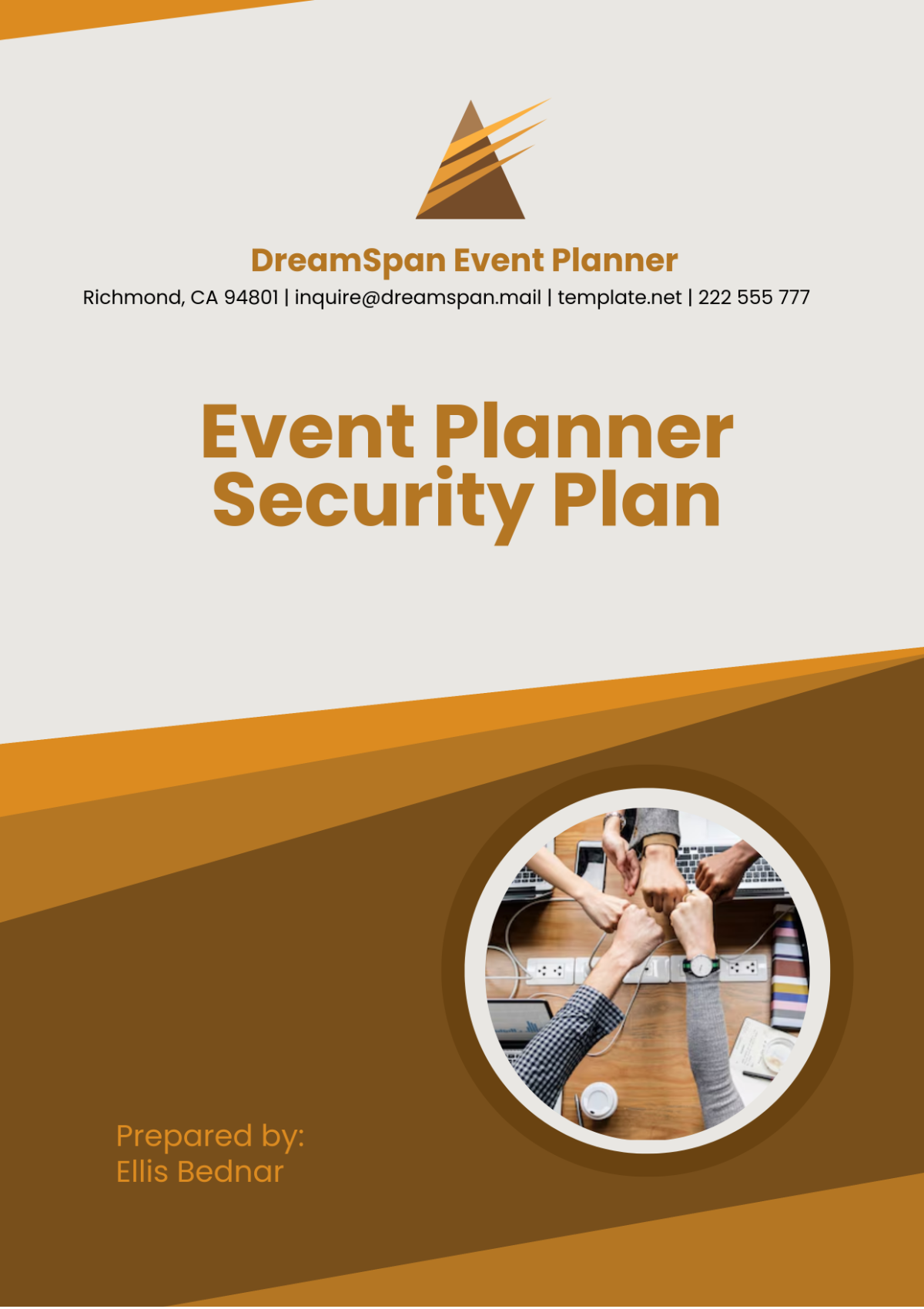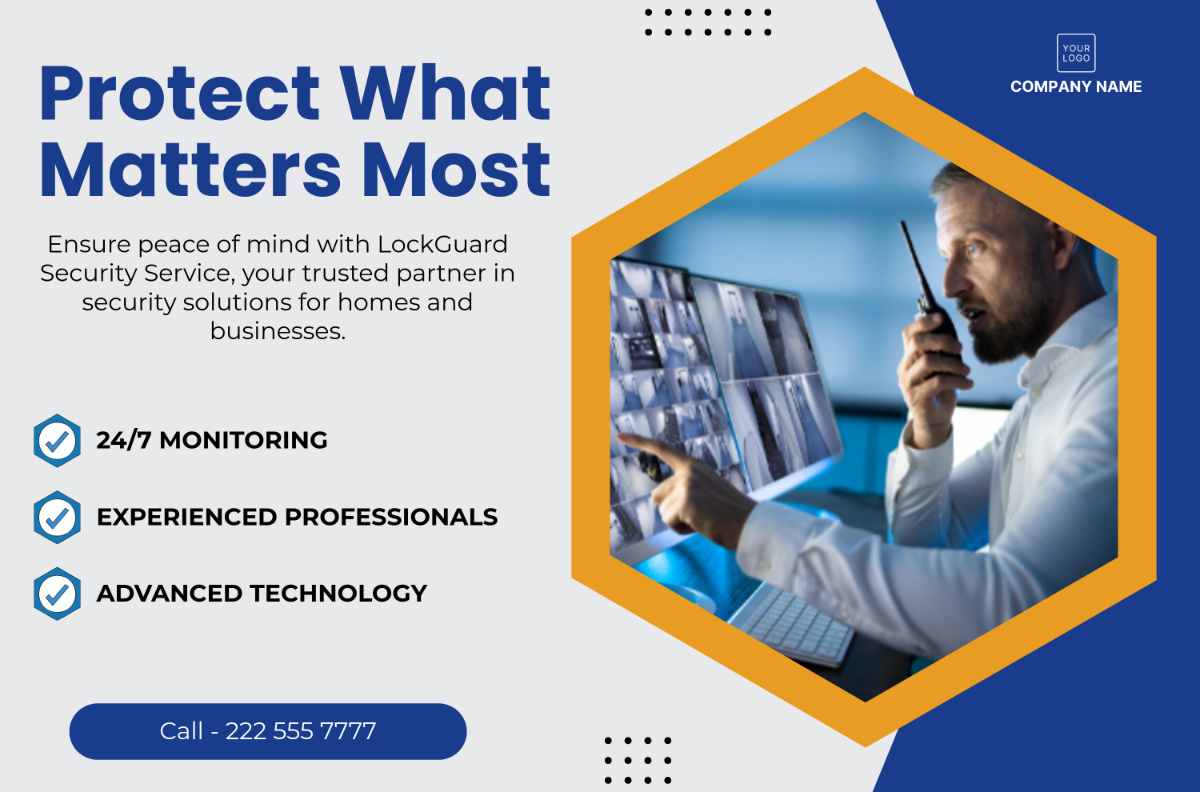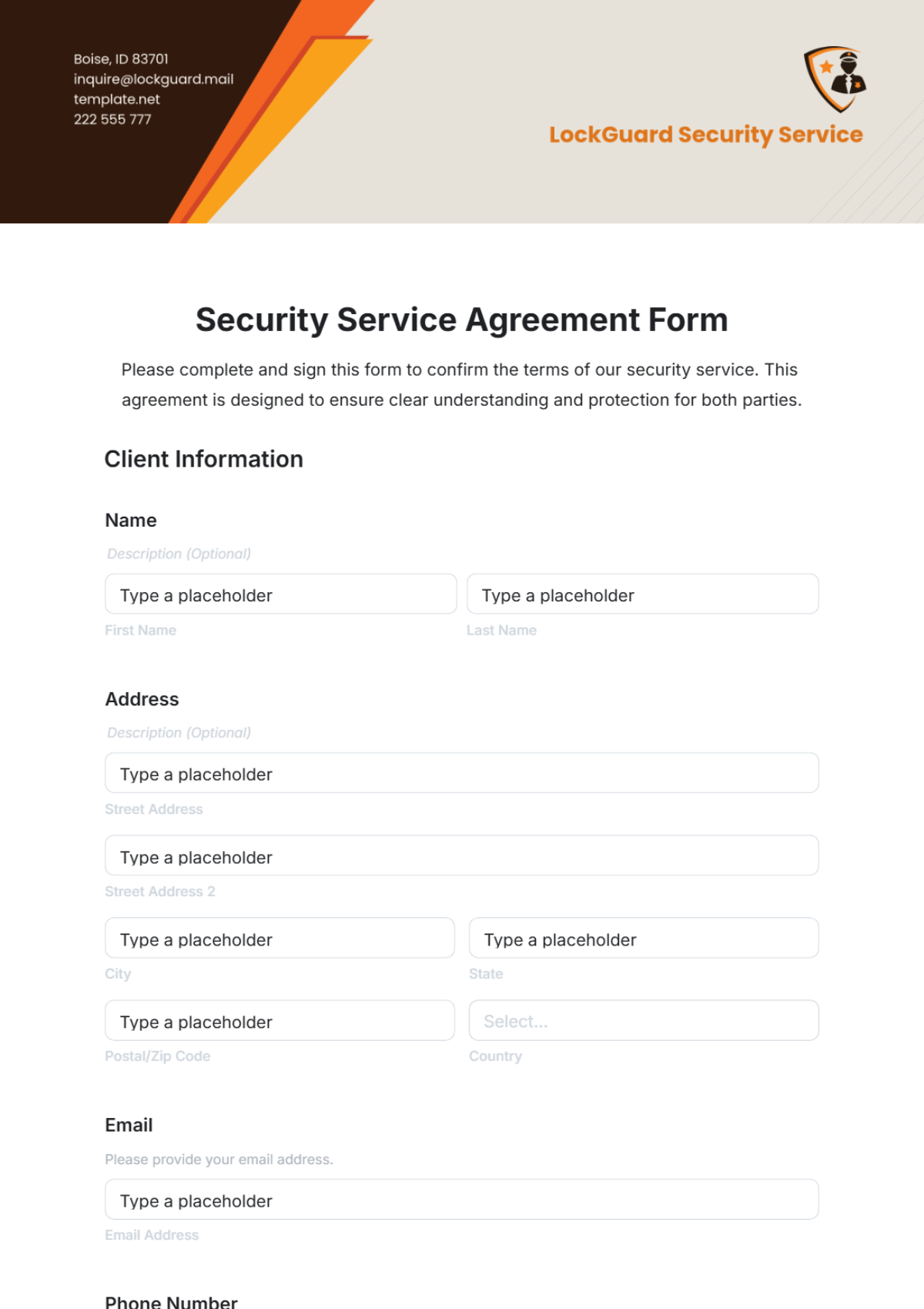Incident Response Protocol
Prepared by: [YOUR NAME]
Email: [YOUR EMAIL]
In an era where digital threats are ever-evolving, having a robust Incident Response Protocol is essential for safeguarding your organization against cybersecurity breaches. This protocol outlines a structured approach to detecting, managing, and recovering from incidents, ensuring minimal impact on operations and reputation.
I. Purpose
This protocol aims to establish a clear framework for responding to cybersecurity breaches effectively, ensuring timely actions are taken to mitigate damage and facilitate recovery.
II. Scope
This protocol applies to all employees, systems, and processes within [YOUR COMPANY NAME].
III. Incident Detection and Reporting
All employees must report suspected breaches immediately to the Incident Response Team (IRT).
Utilize the following table to log incidents:
Date | Time | Detected By | Incident Type | Severity Level |
|---|---|---|---|---|
January 1, 2050 | 09:00 AM | Lyda Fadel | Unauthorized Access | High |
January 5, 2050 | 11:30 AM | Johann Harvey | Phishing Attack | Medium |
January 10, 2050 | 02:15 PM | Sigmund Corwin | Malware Infection | Critical |
January 15, 2050 | 04:45 PM | Jolie Cassin | Data Breach | High |
January 20, 2050 | 08:30 AM | Trace Durgan | Ransomware Attack | Critical |
January 25, 2050 | 01:00 PM | Rocky Orn | Insider Threat | High |
February 1, 2050 | 10:00 AM | Maria Turner | DDoS Attack | Medium |
February 5, 2050 | 03:30 PM | Jewell Ward | Account Compromise | High |
February 10, 2050 | 06:15 PM | Clint Renner | Network Breach | Critical |
IV. Incident Classification
Classify incidents based on severity:
Critical: Immediate action required.
High: Significant impact; prompt response needed.
Medium: Moderate impact; response within 24 hours.
Low: Minimal impact; response within 72 hours.
V. Response Team Roles and Responsibilities
Incident Response Manager: Oversees the incident response process.
Technical Lead: Manages technical investigation and remediation.
Communications Lead: Handles internal and external communications.
Legal Advisor: Ensures compliance with regulations.
HR Representative: Addresses any personnel-related issues.
VI. Incident Response Steps
Identification: Confirm the incident and assess its scope.
Containment: Isolate affected systems to prevent further damage.
Eradication: Remove the threat from the environment.
Recovery: Restore affected systems and services.
Lessons Learned: Conduct a post-incident review to improve future responses.
VII. Communication Plan
Ensure timely and transparent communication with stakeholders.
Notify affected parties and regulatory bodies as necessary.
VIII. Review and Update
This protocol must be reviewed annually or after significant incidents to ensure relevance and effectiveness.
In conclusion, a well-defined Incident Response Protocol is vital for protecting [YOUR COMPANY NAME] from cybersecurity breaches. By following these guidelines, organizations can enhance their preparedness and resilience in the face of digital threats.


